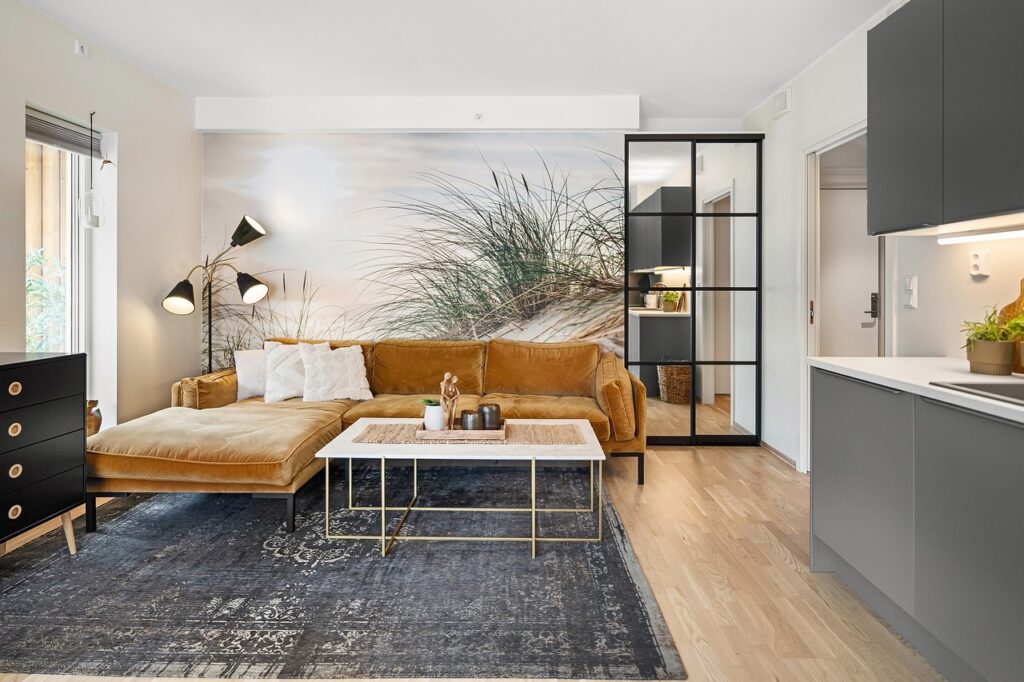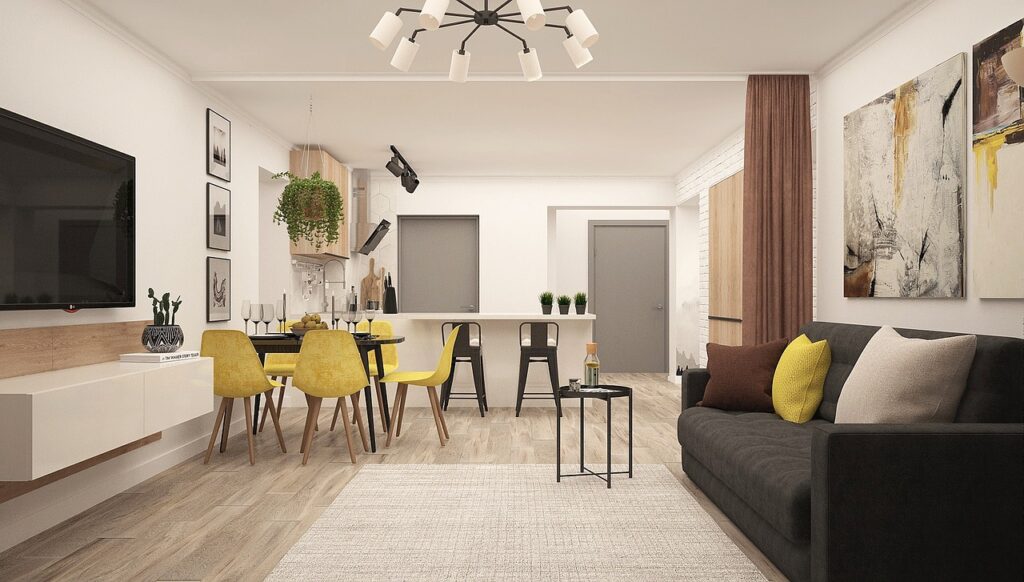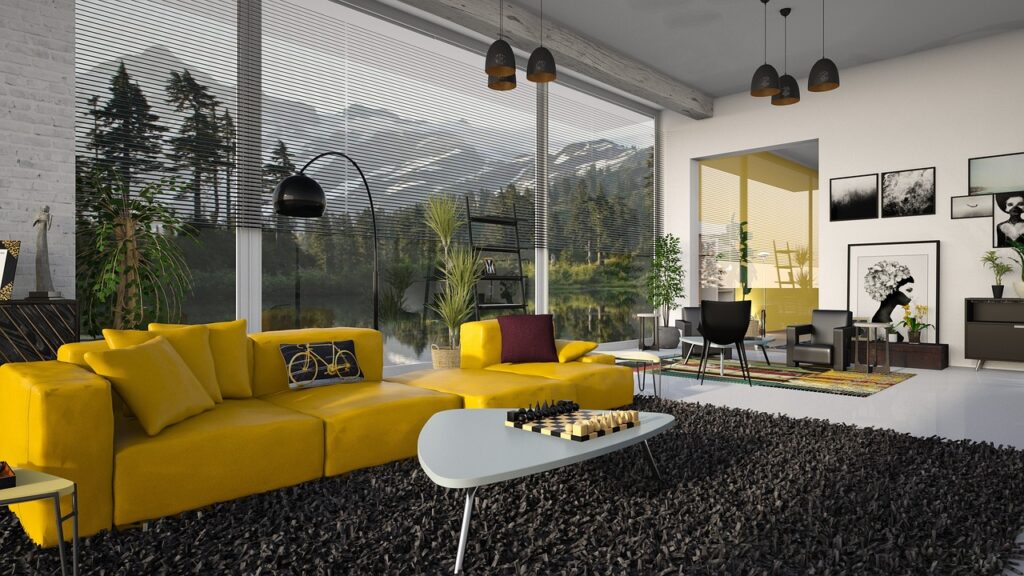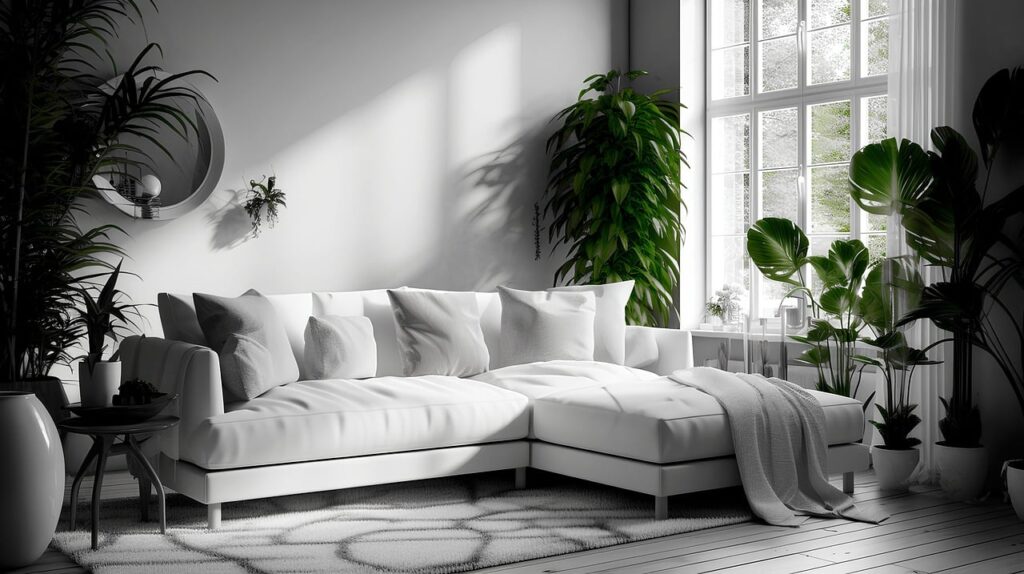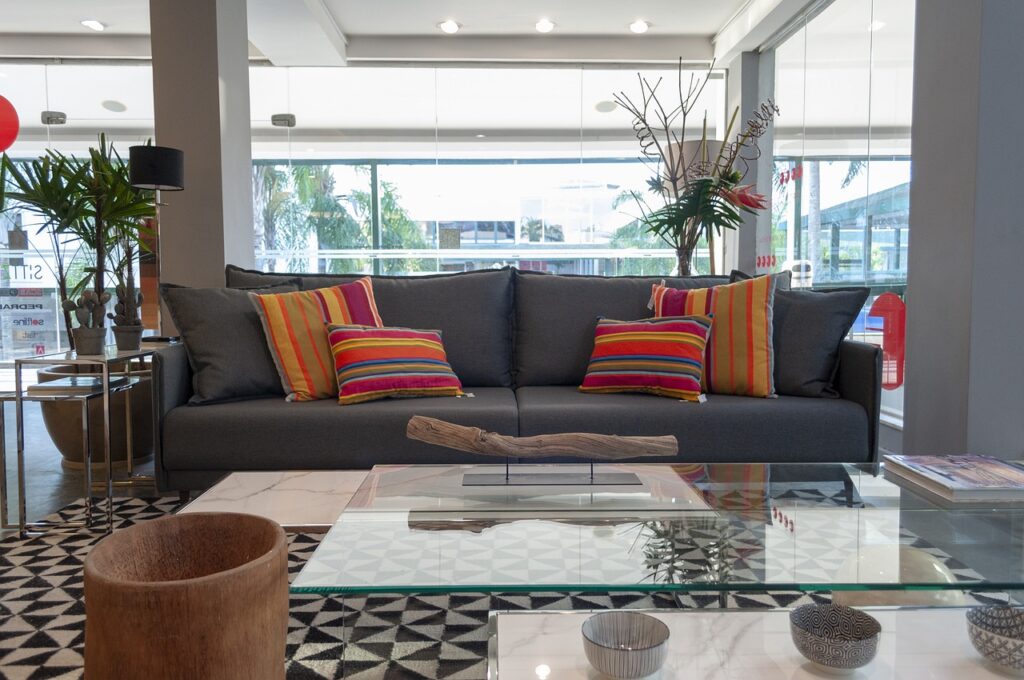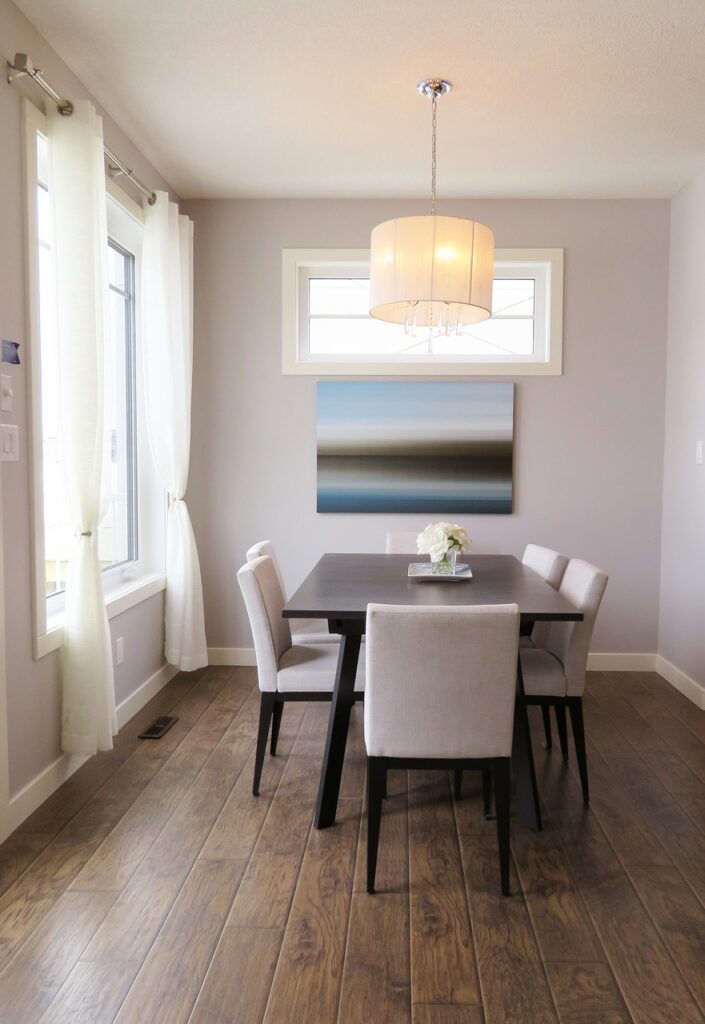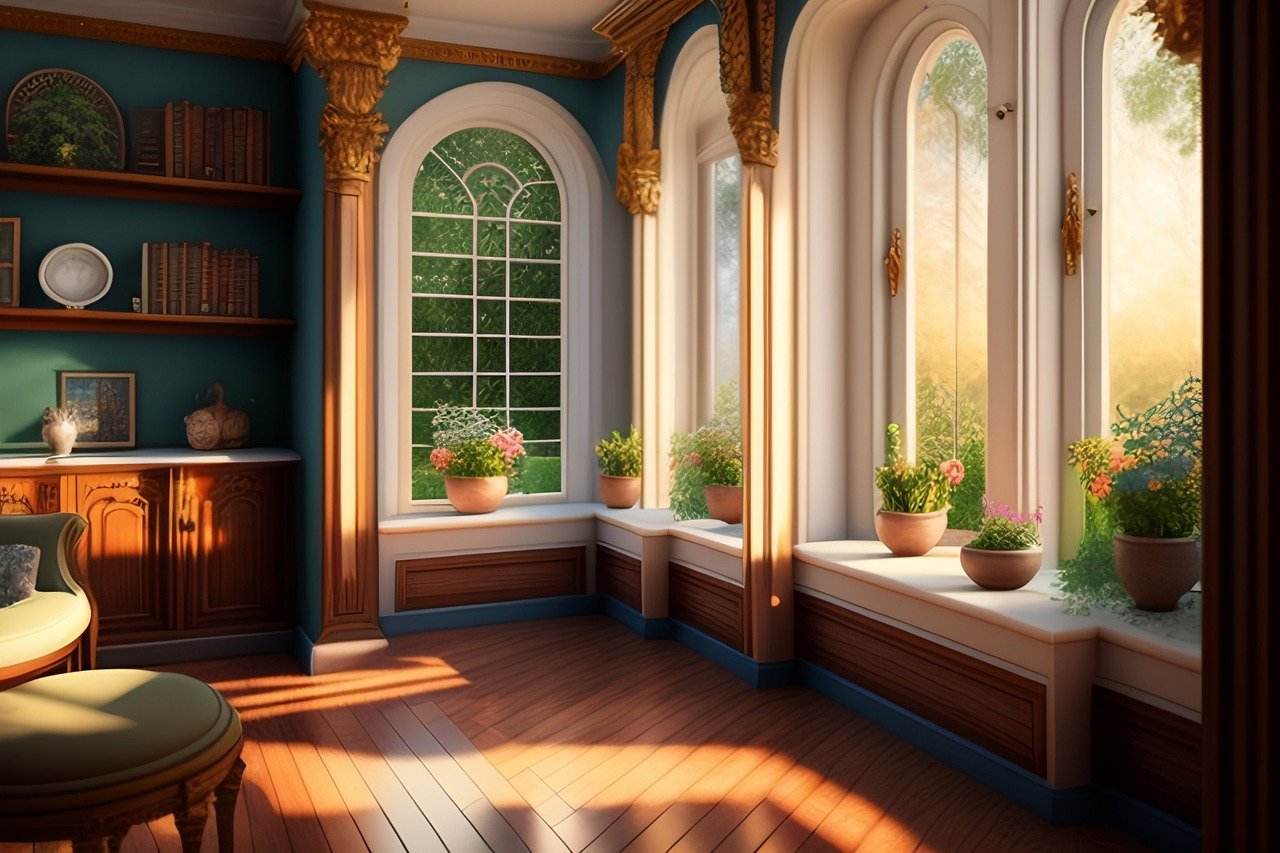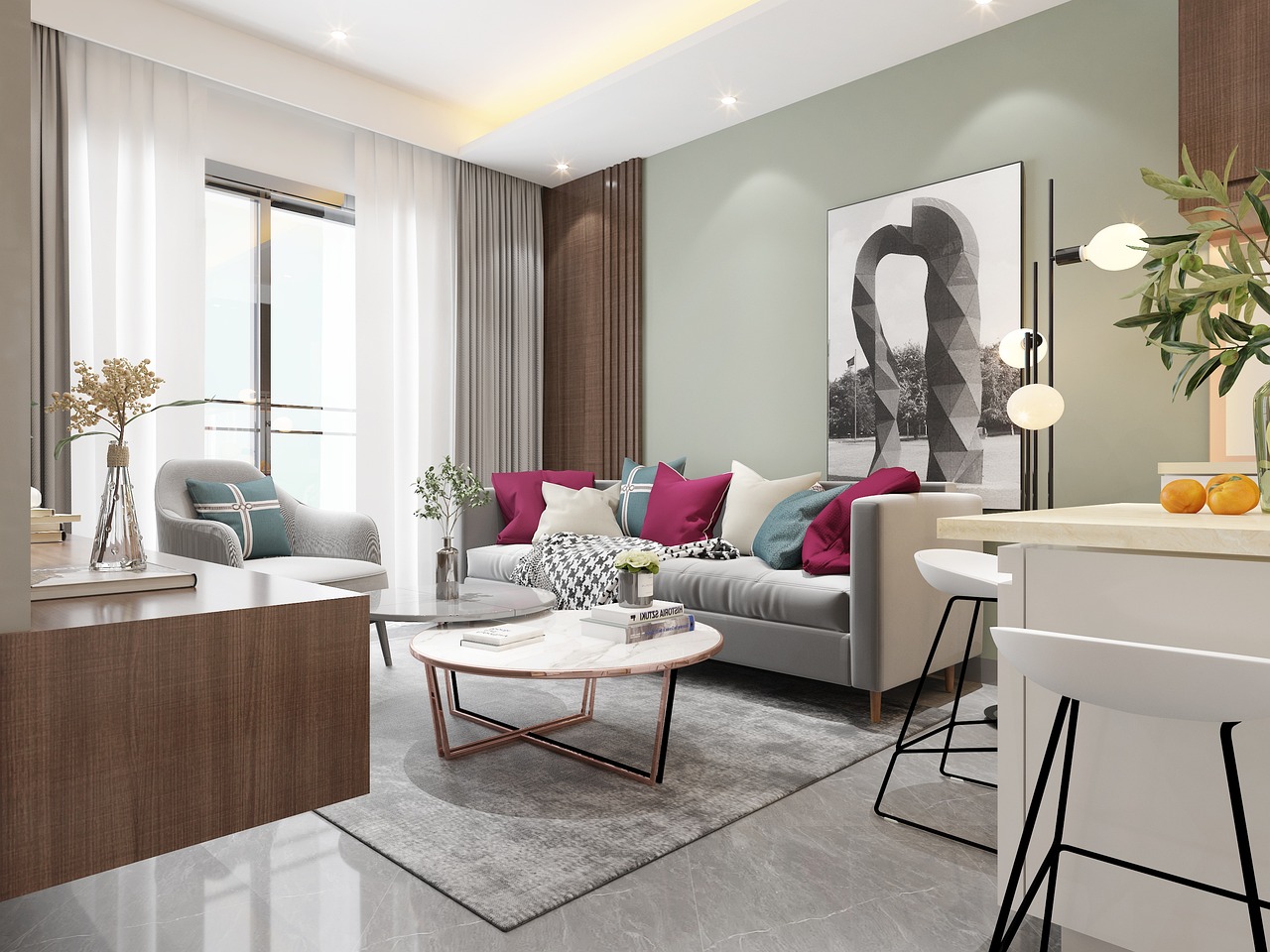The Power of Proportions: How to Create An Elegant and Comfortable Space
August 31, 2023 | by cashsavvyconstruction.com

Introduction
Creating a comfortable and aesthetically pleasing space is key to feeling relaxed and at ease in your home. However, it can be challenging to achieve the perfect balance between form and function. One of the most effective ways to create an elegant and comfortable space is by paying attention to the proportions of the room.
Proportions are crucial in design as they help to create a sense of harmony and balance within a space. By following some simple principles, you can create a cohesive and visually appealing environment that is both functional and beautiful. In this blog post, we will explore the power of proportions and how you can use them to design an elegant and comfortable space. We will delve into the different proportions that you need to consider, such as the size and spacing of furniture, the height of ceilings and walls, and the ratio of light and dark colors. Moreover, we will provide some practical tips on how to achieve the right proportions to create the perfect balance in your space. Join us as we explore the transformative power of proportions.
The Key to Create Balance in a Room
1. Proportion is key to elegance.
The power of proportions cannot be overstated when it comes to creating an elegant and comfortable living space. The way in which objects and furniture are arranged in a room can have a significant impact on the overall aesthetic and functionality of the space. Designers and architects have long recognized the importance of proportion, and it is a fundamental principle that is used in many different types of design. One of the key benefits of using proportion in design is that it can create a sense of balance and harmony. When objects are arranged in a space with a sense of proportion, it can create a feeling of stability and comfort. This is particularly important in living spaces, where people spend a lot of time relaxing and entertaining guests. A well-proportioned room can be both visually appealing and comfortable to be in.
Another important aspect of proportion is the way in which it can be used to highlight certain objects or features in a space. For example, a large piece of artwork or a statement piece of furniture can be highlighted by using proportion to draw the eye towards it. This can create a focal point in the room and add interest and depth to the overall design.
2. Balance creates comfortable spaces.
When it comes to creating an elegant and comfortable space, achieving balance is key. The power of proportions plays a significant role in the creation of such spaces. Balance is the art of combining different elements in a space to create a pleasing and harmonious effect. By using the right proportions, designers can create a space that is visually appealing while also being comfortable to live in. Creating balance in a space requires an understanding of the elements that make up the space. These elements include furniture, lighting, color, texture, and scale. Each of these elements needs to be carefully considered to create a cohesive and balanced design. For example, choosing furniture that is too large or too small for a room can throw off the balance of the space. Similarly, using too many colors or textures can create a cluttered and chaotic look.
The rule of thirds can also be applied when arranging furniture in a room. The rule of thirds is a design principle that has been applied in various fields, including photography, painting, and interior design. In interior design, the rule of thirds is used to create a harmonious and comfortable room by dividing the space into three equal parts. The principle involves dividing the room horizontally and vertically into thirds, creating nine equal parts. The rule of thirds is based on the idea that humans naturally find balance and harmony in objects that are divided into thirds.
To apply the rule of thirds in interior design, designers use various techniques. One common technique is to place the furniture in the room using the grid system. The grid system divides the room into nine equal parts, and the furniture is placed at the intersection points of the gridlines. This technique creates a visually appealing and balanced room, with each piece of furniture occupying a specific zone within the space. The furniture and decor should be arranged in a way that follows this principle, with items placed in either the left or right third of the room, or the top or bottom third. By doing so, the eye is naturally drawn to points of interest and the space feels more balanced. Another technique that designers use to apply the rule of thirds is to use color and texture to create balance and harmony in the room. For example, designers may use a color palette that is divided into three equal parts, with each color occupying a specific zone in the room. This technique creates a cohesive look and makes the space feel comfortable and harmonious.
Another important aspect of creating a harmonious and comfortable room is balance. Balance in design refers to the distribution of visual weight within a space. This means that items in a room should be arranged in a way that creates a sense of equilibrium. For example, a large piece of furniture on one side of the room should be balanced by a smaller item or grouping of items on the other side. By achieving balance, the room feels more stable and comfortable, and the eye is less likely to be drawn to any one particular element.
3. Harmonize colors and textures.
Harmonizing colours and textures is an essential aspect of interior design that can transform a room into a beautiful, elegant, and comfortable space. The colours and textures of a room can impact the mood and ambiance of the space, and it is important to create a cohesive design that complements the overall aesthetic. Choosing the right colours and textures can create a sense of balance and harmony that contributes to a welcoming and relaxing atmosphere.
One way to harmonize colours and textures is to use a colour palette that is complementary and cohesive. Using colours that work well together can create a strong foundation for the design, and it can be helpful to choose a dominant colour that will serve as the primary focus. This dominant colour can be used on the walls, furniture, or accents to create a cohesive and unified look. Adding textures such as plush rugs, soft cushions, or woven throws can create depth and dimension, making the space more visually interesting. Another way to harmonize colours and textures is to consider the overall style of the room.
Different design styles have different colour schemes and textures, and it is important to choose colours and textures that fit the style. For example, a modern minimalist design may use a neutral colour palette with clean lines, while a bohemian design combines various colours to ceate a unique and personalized space.
4. Use statement pieces strategically.
When designing a space, it’s important to consider how statement pieces can be used strategically to create an elegant and comfortable environment. Statement pieces are items that make a bold and memorable impression on the overall look of the room, such as a statement rug, a unique piece of art, or a stunning chandelier. However, using too many statement pieces can quickly become overwhelming and disjointed. The key is to use them thoughtfully and purposefully to enhance the overall design.
One way to incorporate statement pieces is by selecting items that complement the existing color scheme and style of the room. For example, a statement rug with a bold pattern can add visual interest to an otherwise neutral room, while a unique piece of art can tie together different colors and textures. By selecting statement pieces that work cohesively with the existing design, they become an intentional aspect of the overall aesthetic, rather than a distracting element.
Another way to use statement pieces strategically is to create a focal point in the room. This can be achieved by selecting one or two key items that draw the eye and anchor the space. For example, a stunning chandelier can serve as the centerpiece of a dining room, while a large piece of art can become the focal point of a living room.
5. Don’t forget about lighting design.
Lighting is an essential element of interior design, as it can completely transform the mood and ambiance of a space. A well-executed light design can create an elegant and comfortable environment that is both inviting and functional. The use of appropriate lighting can enhance the natural beauty of a room’s features and highlight prominent decorative elements.
One of the main benefits of light design is the ability to create an elegant atmosphere. When used correctly, lighting can add a touch of sophistication and refinement to a room. For example, the use of dimmers can create a soft and warm ambiance that is perfect for intimate gatherings or relaxing evenings at home. Alternatively, bright and vibrant lighting can create a lively and energetic atmosphere that is perfect for social events or gatherings.
In addition to creating a sense of elegance, light design can also facilitate comfort in a space. This is particularly important in areas such as the bedroom or living room, where people spend a significant amount of time. The use of soft, warm lighting in these areas can create a relaxing and calming atmosphere that promotes rest and relaxation. Similarly, task lighting in areas such as the kitchen or home office can provide the necessary illumination for work or cooking tasks, making these areas more functional and practical. Another important aspect of light design.
In addition to different types of lighting, the choice of light fixtures can also play a role in the overall design. Chandeliers, for example, can create a luxurious and elegant feel, while pendant lights can provide a more modern and sleek look. The style and material of the fixtures can also affect the atmosphere of the room. For instance, a brass fixture can add warmth and character, while a chrome fixture can add a touch of sophisication and elegance to any room.
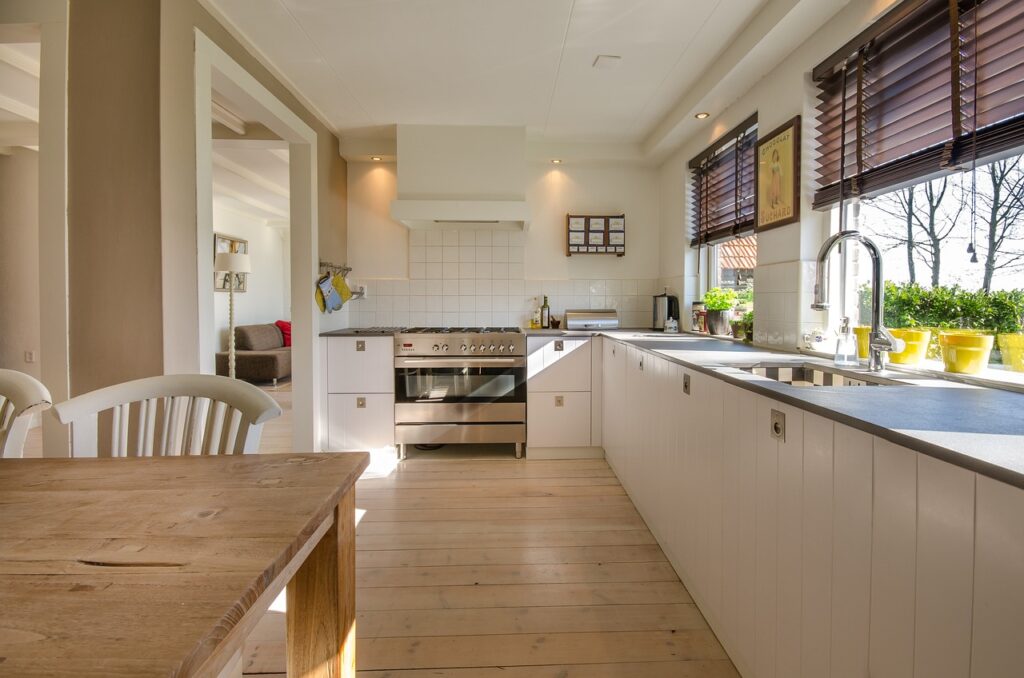
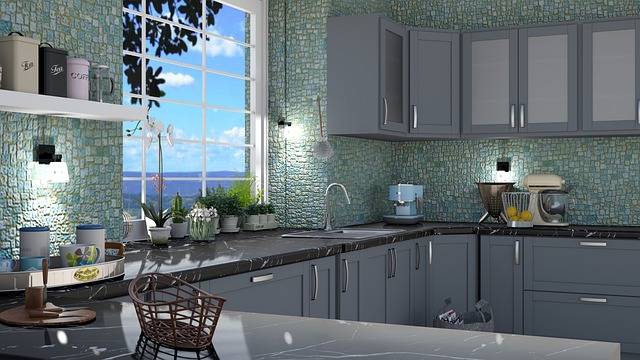
Conclusion
In conclusion, creating an elegant and comfortable space is all about balance and proportions. By understanding the power of proportions, you can create a space that feels just right. Don’t be afraid to mix and match different textures, patterns, and colors to add interest and depth. Remember, the key to a successful design is finding the sweet spot between form and function. So go ahead and experiment, have fun, and let your creativity run wild! With the right proportions, your space will be a work of art that you can enjoy for years to come.
RELATED POSTS
View all
